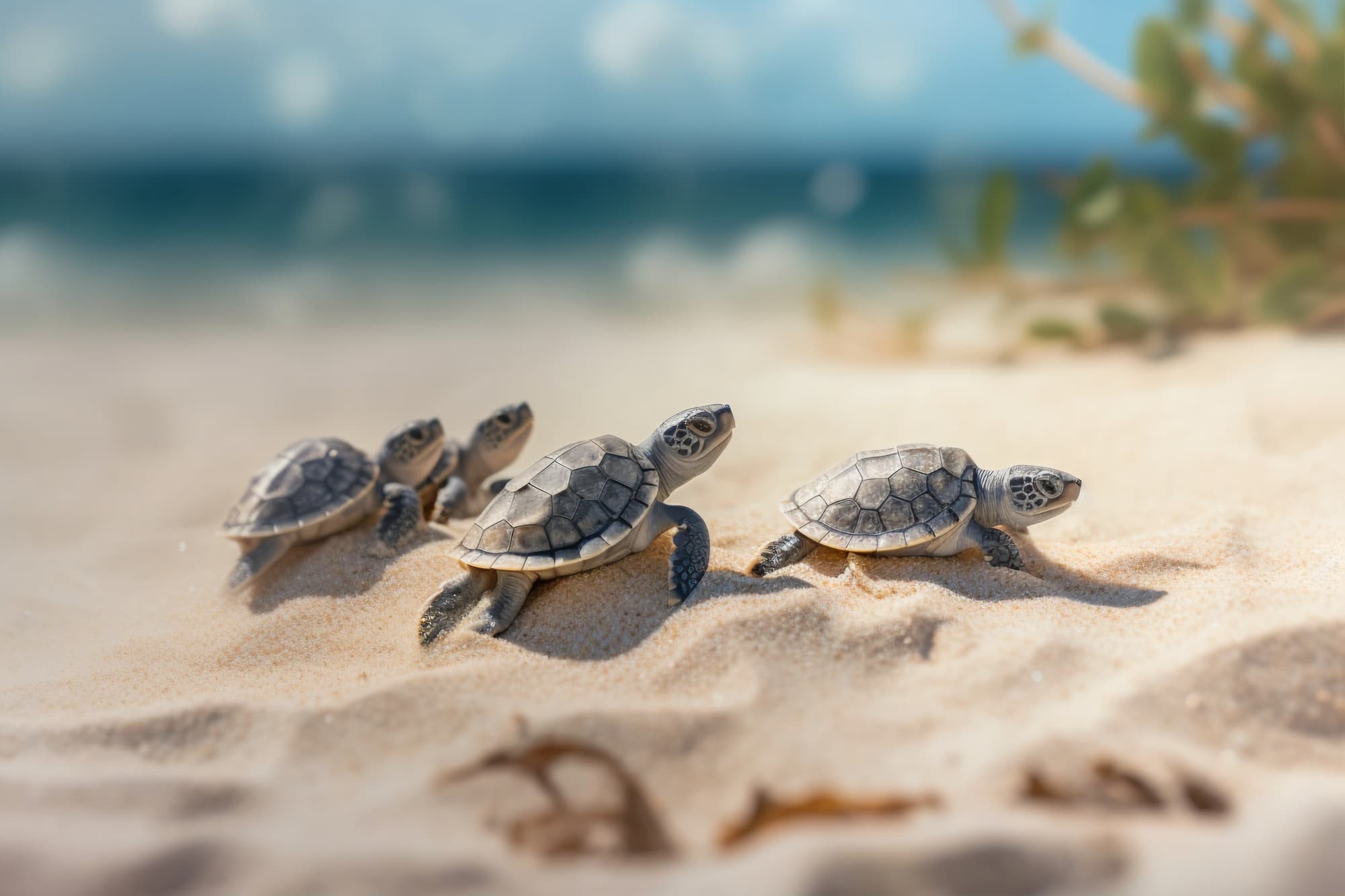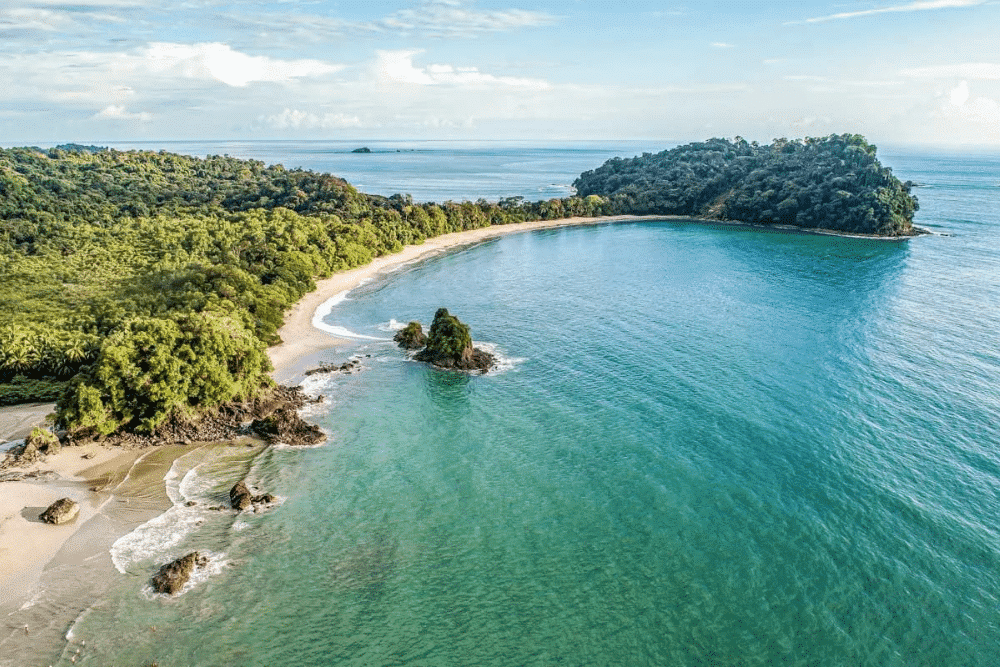[vc_row][vc_column][vc_column_text css=”.vc_custom_1521138824698{margin-bottom: 0px !important;}”]Costa Rica is abundant in fauna; watch out for these animals, reptiles, birds, and bugs next time you’re traveling the country.
In this four-part series on animals of Costa Rica, you’ll learn about some of the country’s most beautiful, fascinating, illusive, and accessible animals, birds, insects, fish, and reptiles; one and all a huge attraction, and perhaps even one of the biggest reasons travelers so love to explore this rich, exotic place.
From brightly colored birds to intelligent dolphins, fierce jungle cats, and sweetly smiling, slow- moving sloths, Costa Rica is one of the most highly populated countries in the world when it comes to flora and fauna. That, combined with its admirable reputation for conservation, makes it one of the most desirable places in the world for nature lovers to visit.
To get you started in this first of our four-part series, here are four of our favorites:
Hummingbirds

With over 50 varieties to admire, Costa Rica is famous for its hummingbird population. Costa Rica’s massive array of exotic flowers and trees makes it the perfect home for these tiny jewel-toned creatures of flight.
Ranging in weight from less than a gram to nearly a half an ounce, hummingbirds come in all sizes and colors. The male scintillant is our country’s tiniest hummingbird, and no larger than an insect. The violet sabrewing, weighing in around 12 grams, is the largest.
A wonderful place to see and learn more about hummingbirds is La Paz Waterfall Gardens at Peace Lodge; a veritable hummingbird paradise, you’ll get so close to these fascinating little birds that you can hear the flutter of their wings as they fly by your head through the air.
Whales

The migration habits of whales from both the Northern and Southern hemispheres nearly guarantees that visitors of Costa Rica can almost always spot one, as the waters off this tiny country are one of their primary birthing grounds.
Humpback whales are the most commonly seen in Costa Rica, though there are a number of other deep water species that also like the area; blues, grays, pilot whales, sei, and beaked whales are sometimes seen further offshore.
Capuchin Monkeys

Typically traveling in big groups, Capuchin Monkeys can be spotted just about everywhere in Costa Rica. Preferring altitudes of up to 4500 feet, these adorable white faced critters spend their time searching the forest for ripe fruit, but will also eat shoots, insects, and grubs when necessary.
The best place to get up close and personal with these guys is probably Manuel Antonio National Park; so, if you’re staying in the central pacific at Villa Caletas or Alma del Pacifico, be sure to make your way to the park for a perfect day trip and some fun with the monkeys.
Here’s a friendly little warning, though: They are likely to steal your backpack, or beach bag, if given the chance. Searching for snacks brought in by the park’s visitors (please don’t do this), these wily little rascals will grab your stuff and make run for it, more often than not getting much more than a bag of chips. Keep your bag under the watchful eye of someone in your group, keep it tied down, and keep it closed up.
Leatherback Turtles

Costa Rica has become famous for its admirable wildlife conservation efforts, and is especially protective of its leatherback turtle population.
On the Pacific coast, leatherbacks nest between September and March, while on the Caribbean they do so from February to August.
Volunteers can help with the nesting process, and assisting the tiny turtles on their journey out to sea, but please remember to be respectful of nature’s way; join a reputable volunteer program and become educated about the process. Many programs can be found with a good search online, or ask your representative at Small Distinctive Hotels of Costa Rica for a recommendation.
With such a profusion of flora and fauna in Costa Rica, we’ve got plenty of information about the animal population to share with you. Stay tuned for more! We’ll be bringing you an abundance of fun facts and interesting tidbits about the animals of Costa Rica, so that next time you visit, you’ll be prepared to spot them in their natural habitats.[/vc_column_text][/vc_column][/vc_row][vc_row][vc_column][mk_padding_divider][/vc_column][/vc_row][vc_row fullwidth=”true” fullwidth_content=”false” css=”.vc_custom_1520619632050{background-color: #0e2960 !important;}”][vc_column][vc_wp_text][static_block_content id=”1426″][/vc_wp_text][/vc_column][/vc_row]











